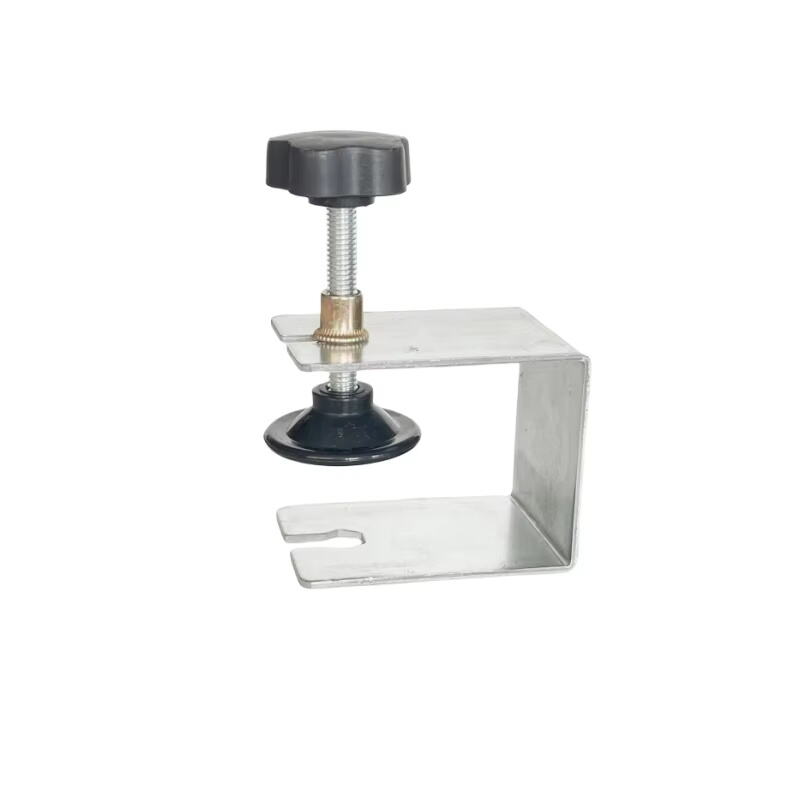friction clamp
A friction clamp is an essential mechanical device designed to secure objects firmly in place through the principle of friction force. This versatile tool comprises two or more surfaces that press together, creating a strong holding force without causing damage to the clamped material. The mechanism typically features adjustable pressure settings, allowing users to control the gripping force based on specific requirements. Modern friction clamps incorporate advanced materials like high-grade steel and specialized composite materials that enhance durability and gripping effectiveness. These clamps are engineered with precision-machined surfaces that maximize contact area and distribute pressure evenly, preventing material damage while maintaining secure hold. The design often includes ergonomic handles or adjustment mechanisms for easy operation, making them suitable for both manual and automated applications. Friction clamps find extensive use across various industries, from manufacturing and construction to automotive and aerospace sectors. They excel in applications requiring temporary but secure holding of materials during processing, assembly, or maintenance operations. The technology behind friction clamps continues to evolve, with newer models featuring innovations like quick-release mechanisms, digital pressure monitoring, and compatibility with automated systems.










